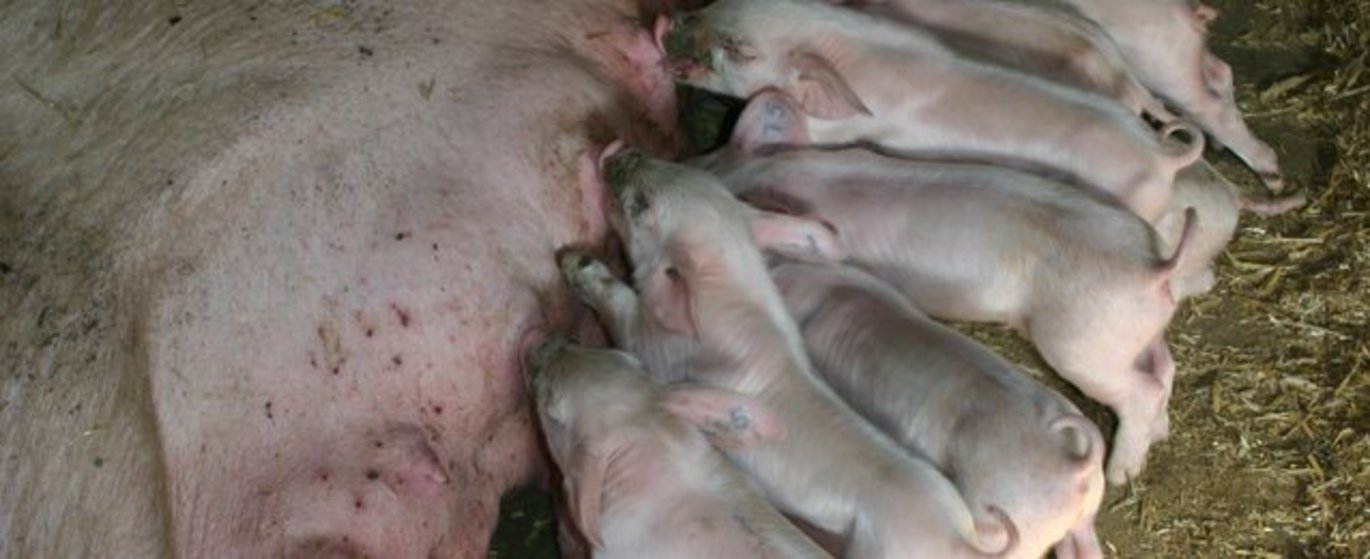Lower piglet mortality ahead
Genetics research at Aarhus University can lead to breeding objectives in pig production that also focus on welfare. A drop in piglet mortality has already been achieved.

In Danish pig production almost 25 per cent of piglets die before weaning. Most of these deaths are immediately before or within a few hours or days of birth. There has been a significant increase in mortality rates in the last 20 years. One of the reasons for this unfortunate statistic is that sows have been genetically bred to produce ever larger litter sizes.
With knowledge generated by, amongst others, Aarhus University it is possible to save the lives of millions of young pigs. The report (in Danish) “Piglet mortality in Denmark” that was published by Aarhus University in 2010 described a number of alternatives for reducing the mortality rate, one of them being the use of genetic tools. These various alternatives are also mentioned in a new report published in January 2012 by a working group set up by the Ministry of Justice to look at livestock breeding in Denmark. A subsection of this report deals with the breeding of pigs.
One of the knobs that you can turn when trying to reduce pig mortality is the one called breeding objectives – and that is what the industry did a few years ago. Previously the official objective of the industry was for sows to produce as many piglets as possible. But in 2004 the focus was shifted so now the aim is for sows to produce as many piglets as possible that survive to day five, which is a crucial milestone for piglets in terms of survival rate.
Mortality in breeding herds is reduced
- The report confirms that the introduction of the day five breeding target has reduced mortality in breeding and propagation herds and that this improvement in time is expected to be reflected in production herds, says senior scientist Peer Berg from Aarhus University, who is one of the geneticists behind the founding research.
- We can expect that the reduced mortality in the breeding and propagation herds will make it through to the production herds within the next five years, he predicts.
The working group at the Ministry of Justice recommends that the industry reports back on the progress in piglet mortality in production herds in a few years’ time to ensure that the day five target is reflected in the production statistics.
- The shift from litter size to the day five breeding target shows that, in the view of the working group, it is possible to combine economic and ethical considerations in the breeding work and it is also the view of the working group that it would be very advisable for Danish pig breeding to include animal welfare and ethical considerations in the future, the report states.
The working group agrees that the increased focus on health and welfare aspects generally requires a higher level of knowledge and in many instances also of technology for it to be implemented in practice. Knowledge of genomics can, for example, advance the breeding progress in areas such as piglet mortality and nurturing abilities for the benefit of animal welfare and farm economy.
For further information please contact: Senior scientist Peer Berg, Department of Molecular Biology and Genetics, telephone: +45 8715 7576, mobile: +45 22291226, email: peer.berg@agrsci.dk
Text: Janne Hansen, janne.hansen@agrsci.dk
